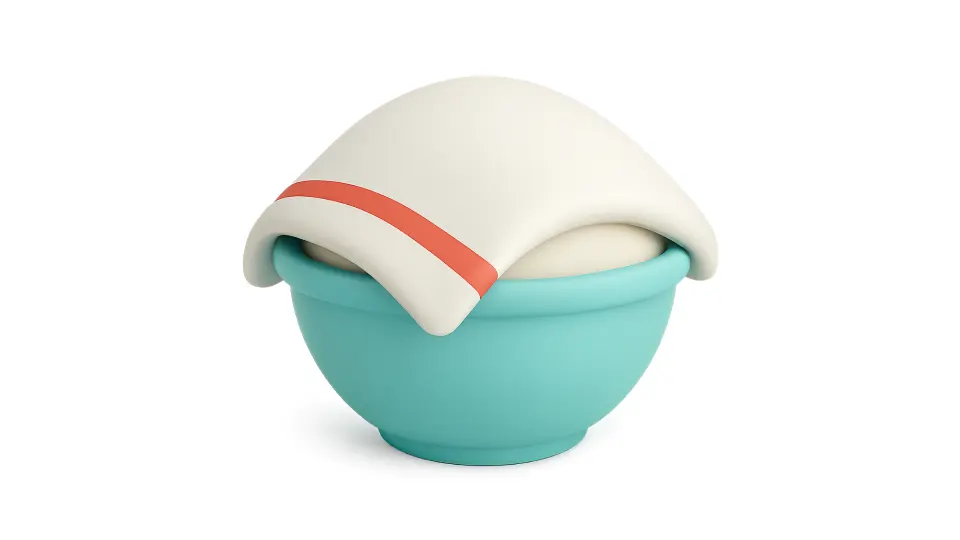In the creative process, falling head-over-heels for your first draft is… kind of a rite of passage. We’ve all been there—looking at that “final” version and thinking, yep, this one’s a masterpiece. That emotional attachment is normal, and it even has a name: the IKEA effect.
The cognitive bias behind it is simple—we overvalue things we’ve built ourselves. Doesn’t matter if we just tightened a screw or wrote every line of CSS by hand. We put effort into it, so we think it’s great.
But that same attachment can cloud our judgment. When we can’t take a step back from our own work, we miss the flaws: weak visual hierarchy, awkward spacing, poor legibility. Our designer ego whispers: don’t touch it—it’s perfect. Spoiler: it’s not.
Emotional Distance Is a Design Tool
One of the most underrated UX practices? Let your work rest.
Close the file. Turn off the screen. Come back tomorrow.
Think of your design like sourdough. You’ve mixed the ingredients, shaped the idea—but now it needs time to rise. Letting it sit gives space for clarity to develop. And just like dough, when you come back, it’s easier to shape, adjust, and refine.
That distance clears your head and resets your eyes. Suddenly, the layout that looked flawless yesterday feels… off. That’s not failure—it’s feedback.
Taking a break is like handing your design to a stranger—one who isn’t emotionally invested and can spot the weird line breaks, misaligned buttons, or copy that reads more like a legal disclaimer than user-friendly text.

What Top Designers Say About Stepping Back
Still not sold on “creative pause” as a legit design strategy? Listen to the pros:
- Jessica Hische, illustrator and lettering artist:“The work gets better after I let it sit. A single night of sleep gives me clarity—I see what I couldn’t before.”
- Paul Rand, graphic design legend:“Design is a process of constant editing.” Pausing and returning? That’s part of the process.
- Mike Kus, web designer:“I never send a proposal without putting it in a drawer for a few hours. There’s always something to tweak after a break.”
If these creatives build in time to rethink their work, maybe we should too.
A Quick UX Self-Critique Checklist
Coming back to your design is just part one. You also need to bring a critical mindset. Ask yourself:
- Is the message crystal clear?
- Is the user flow intuitive?
- What can I remove to make this cleaner?
- Does this still align with the brand?
Think of it as a mini UX audit—without over-editing yourself into a spiral.
Design, Rest, Improve
Design isn’t done when you hit “Save.” It’s done when you return after a pause—with fresh eyes, a sharper mind, and a willingness to admit you might’ve missed something.
That break? It’s not wasted time. It’s part of the process.
So next time your gut says, “It’s perfect,” take a step back. Then come back and make it better.
👉 Want a design partner who knows how to balance creativity and critical thinking?
At Bits Kingdom, we believe great design evolves. If you’re ready to grow your brand with fresh eyes and smart strategy, let’s talk.



